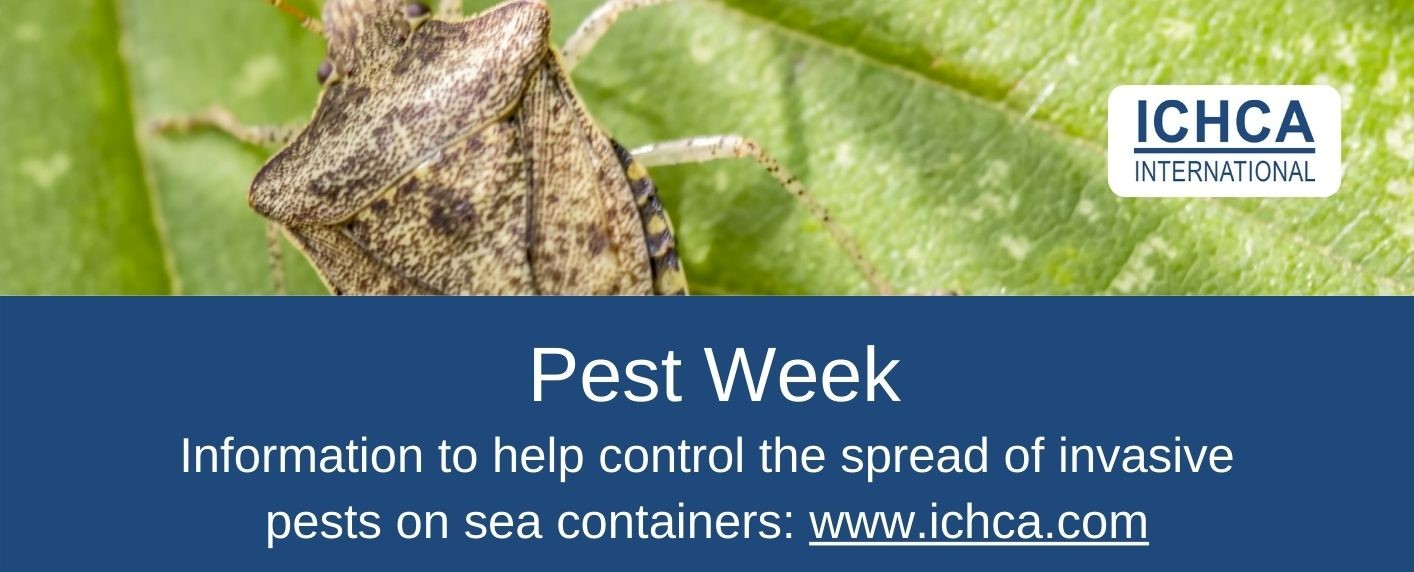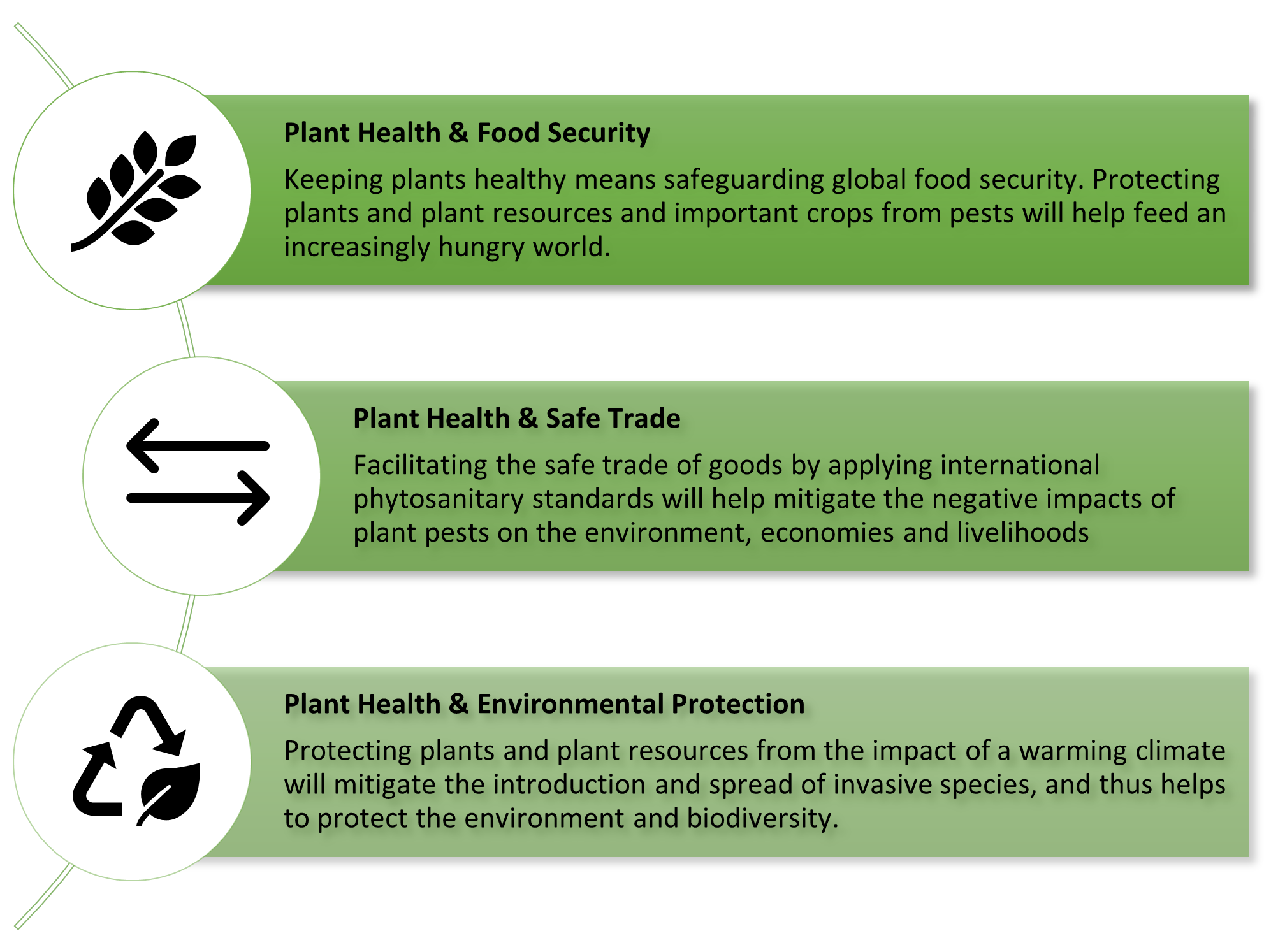Pest Week 2024: Invasive Pests – understanding the risk
In our first Pest Week 2024 article, we set out the scale and importance of managing invasive pests. Our industry has an ongoing role in helping to manage this risk and ICHCA fully supports collaborative work to stop the unintended transfer of invasive pests through the sea container pathway. We will continue to work with partners to develop and implement approaches that work.
According to the Food and Agriculture Organisation of The United Nations, plant pests are responsible for the loss of up to 40% of global agricultural crops each year. They cause trade losses exceeding $220 billion annually. There is international consensus among plant protection competent authorities that sea containers and their cargoes have the potential to carry and facilitate the introduction and spread of plant pests. Introducing and spreading pests results in significant control and eradication costs, losses in yields and access to international markets and threatens food security and agriculture as well as the environment. Example pests include the Khapra Beetle, Lymantria Moth, invasive ants and the Brown Marmorated Stink Bug.
Plant Health & Food Security
[https://www.ippc.int/en/strategic-objectives/plant-health-food-security/]
Keeping plants healthy means safeguarding global food security. Protecting plants and plant resources and important crops from pests will help feed an increasingly hungry world.
Key Facts
- Plant pests threaten food security by damaging important staple crops such as banana, potato and rice; making food less available, scarce and more expensive.
- Fall Armyworm, which feeds on about 80 plant species, causes about USD 9.4 billion loss worth of crops annually.
- In the Caucasus and Central Asia, 25 million hectares of cultivated area are under threat from Desert Locust, putting 20 million people are at risk of food insecurity, including the most vulnerable rural populations.
- In Latin America, 20 countries are currently grappling with banana Fusarium tropical race 4 (TR4), which causes banana fusarium wilt and 100 percent yield loss.
Plant Health & Safe Trade
[https://www.ippc.int/en/strategic-objectives/plant-health-safe-trade/]
Facilitating the safe trade of goods by applying international phytosanitary standards will help mitigate the negative impacts of plant pests on the environment, economies and livelihoods
Key Facts
- More than 240 million containers are shipped between countries, carrying different kinds of goods, including plant products. Containers can carry pests in form of seeds, snails, slugs, soil, spiders and other biosecurity risks on their interior or exterior.
- About 80 percent of all consignments moving in international trade include some form of wood packaging material (WPM). WPM made from raw wood is a pathway for pest spread.
Plant Health & Environmental Protection
[https://www.ippc.int/en/strategic-objectives/plant-health-environmental-protection/]
Protecting plants and plant resources from the impact of a warming climate will mitigate the introduction and spread of invasive species, and thus helps to protect the environment and biodiversity.
Key Facts
- Pests cause about USD 100 billion of annual environmental losses in the US, the UK, Australia, South Africa, India, and Brazil combined.
- Invasive alien species are key drivers of biodiversity loss.
- Invasive alien species destroy biodiversity and ecosystems, costing the global economy in excess of USD 423 billion annually in 2019. This cost quadrupled every decade since 1970
- With the growing international trade, it is now easier for pests to hitchhike around the world, damaging ecosystems and the environment in the process.


